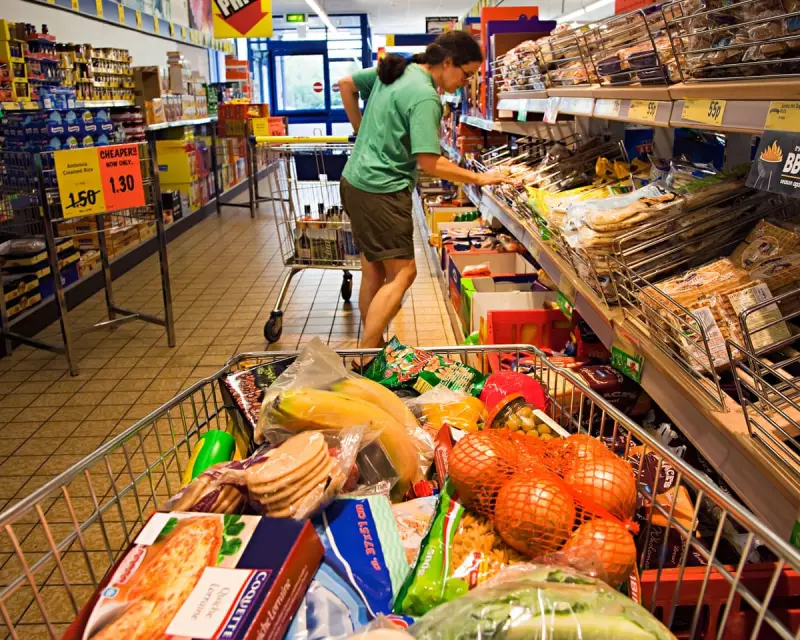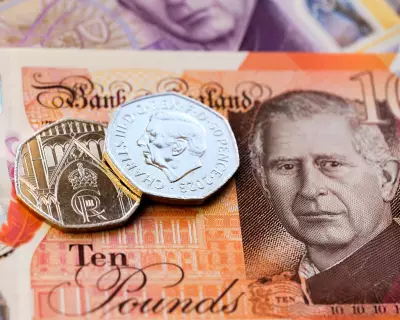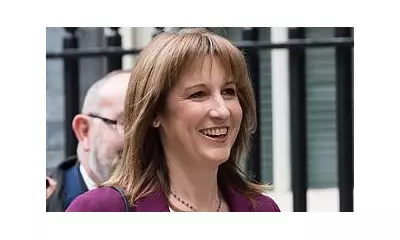
In a sharp blow to household budgets and the government's economic strategy, UK inflation unexpectedly accelerated in July, effectively slamming the brakes on anticipated interest rate cuts from the Bank of England.
The Office for National Statistics (ONS) reported the Consumer Prices Index (CPI) rose to 2.3% for the year to July, up from 2.1% in June. This marks the first increase in the headline rate this year, shattering forecasts which had predicted a continued fall towards the Bank's 2% target.
What Drove the Surprise Jump?
The primary culprits behind the unwelcome rise were soaring seasonal costs and volatile price movements in specific sectors.
- Air Fares: Prices for international flights skyrocketed, contributing significantly to the overall inflation figure as demand for summer travel surged.
- Clothing & Footwear: This sector also saw prices rise at a faster pace than a year ago, catching many economists off guard.
- Offsetting Falls: These increases were partially mitigated by a continued slowdown in food inflation and a notable drop in the cost of motor fuel.
A Pause for the Bank of England
This data is a game-changer for the Bank's Monetary Policy Committee (MPC), which meets next in August. Most analysts are now in agreement: a rate cut this month is highly improbable.
The central bank will be intensely wary of cutting borrowing costs while inflation is moving in the wrong direction. The fear of entrenching higher prices will outweigh the desire to provide relief to mortgage holders and businesses.
Underlying Pressures Persist
Perhaps more concerning for policymakers is the behaviour of the core inflation measure, which strips out volatile elements like energy and food. Core CPI held firm at 3.9%, indicating that stubborn underlying price pressures are still very much present within the UK economy.
Furthermore, the services sector inflation—a key indicator of domestic price pressures—remained elevated at 5.9%. This suggests that wage growth and strong demand for services in Britain are continuing to fuel price rises, making the Bank's task of sustainably returning inflation to target much more difficult.
With this latest economic setback, the timeline for interest rate relief has been pushed firmly into the future, leaving millions of households and businesses facing higher borrowing costs for longer.





